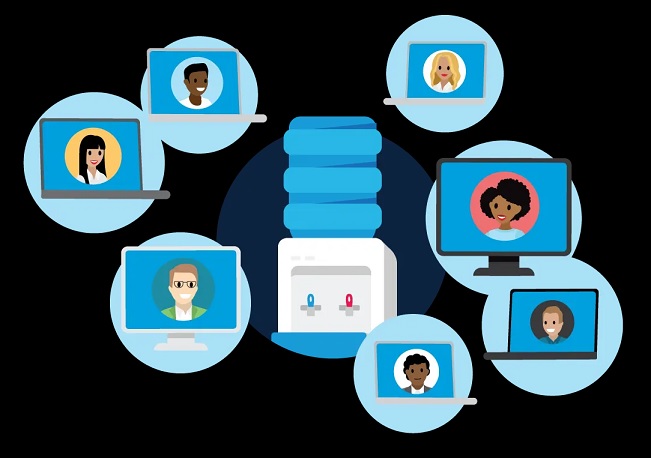Securing your virtual workspace is increasingly important. With the proliferation of cyber threats, implementing strong defenses is crucial to protect your sensitive data and maintain the integrity of your virtual environment. Here are some essential strategies to contemplate.
Enhancing Security with Multi-Factor Authentication (MFA)
Implementing multi-factor authentication (MFA) significantly boosts your virtual workspace’s security. MFA mandates users to authenticate their identity using multiple credentials, such as passwords, biometric data, or security tokens. This additional layer of security prevents unauthorized access, even if one factor is compromised, thereby reducing the risk of cyber breaches.
Building a Secure Perimeter with Firewalls
Firewalls are essential for protecting your virtual workspace from external threats. Firewalls serve as a barrier between your internal network and the internet, screening traffic according to predetermined security regulations. Properly configuring and updating your firewall is crucial for protecting against the latest threats. Consider using a next-generation firewall (NGFW) for advanced threat protection. For example, firewalls by WatchGuard Online offer a range of appliances with high firewall throughput, ensuring complete security for remote locations and branch offices.
Strengthening Defenses with Strong Passwords
Creating and maintaining strong passwords is foundational to securing your virtual workspace. Strong passwords should be lengthy and include a mix of letters, numbers, and special characters. Avoid using easily guessed information, such as birthdays or common words. Utilizing a reputable password manager can help generate and store complex passwords securely.
Safeguarding Sensitive Data through Encryption
Encrypting sensitive data ensures that it remains unreadable to unauthorized users. Strong encryption algorithms, like AES (Advanced Encryption Standard), should be used to protect data both at rest (stored data) and in transit (data being transmitted). Regularly updating encryption methods helps keep data secure against evolving threats.
Ensuring Security with Regular Permission Reviews
Regularly reviewing and updating permissions for your virtual workspace is essential for maintaining security. Make sure that sensitive data is accessed only by authorized users, and that permissions are granted based on the principle of least privilege. Regular audits can help identify and mitigate security risks related to permissions.
Protecting Data with Regular Backups
Consistently backing up your data is crucial for protecting against data loss. Establish a thorough backup strategy that encompasses both onsite and offsite backups. Regularly testing your backups ensures they can be swiftly restored in case of an incident. Additionally, consider encrypting your backups to protect sensitive data from unauthorized access. Regularly reviewing and updating your backup strategy based on changing needs and technologies is also important to ensure its effectiveness over time.
Network Segmentation
Another effective strategy to defend your virtual workspace is to implement network segmentation. This entails partitioning your network into smaller, isolated segments with distinct security protocols. This limits the spread of potential cyber threats and unauthorized access within your network. By segmenting your network, you can control access more effectively, reduce the impact of a potential breach, and enhance overall network security. Additionally, consider using virtual private networks (VPNs) to encrypt data transmitted between remote devices and your network, further safeguarding sensitive information from interception by malicious actors.
Additional Measures for Enhanced Security
Apart from the tactics outlined earlier, contemplate integrating endpoint protection, intrusion detection systems (IDS), and employee security awareness training. Stay abreast of the latest cybersecurity developments and threats to enhance security measures promptly. Regularly perform security audits and vulnerability assessments to identify and address potential system vulnerabilities. Establishing incident response plans is also advisable to swiftly and efficiently address security breaches, mitigating their impact on your organization. Additionally, consider implementing data loss prevention (DLP) measures to monitor and control the transfer of sensitive information outside your organization. Data Loss Prevention (DLP) solutions play a crucial role in averting data breaches by detecting and thwarting unauthorized efforts to transfer data. Regularly updating your security policies and procedures to reflect evolving threats and best practices is also crucial.
